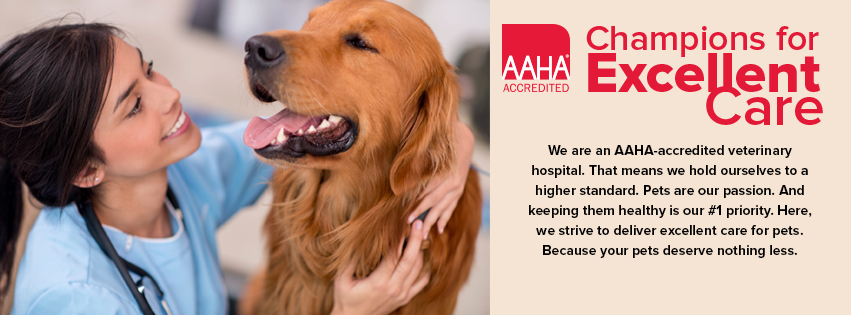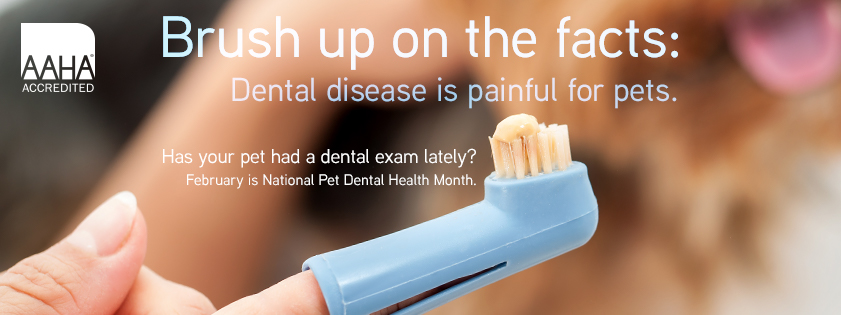
Proper dental care can detect dental disease that not only affects the mouth, but can also lead to more serious health problems such as heart, lung, and kidney disease. Good dental hygiene is just as important for pets as it is for humans. Yet, it is one of the most overlooked areas in pet health. Studies by the American Animal Hospital Association (AAHA) reveal that nearly two-thirds of pet owners do not provide the dental care recommended by veterinarians. AAHA’s Dental Care Guidelines for Dogs and Cats, updated in 2013, are a working framework for small animal dentistry practice, including dental examinations, cleanings, and surgical procedures.
Periodontal disease
AAHA guidelines
-
Pre-anesthetic exam–Your veterinarian should examine your pet to ensure it is healthy enough to go under general anesthesia. This examination may include:
-
Blood tests
-
Urine tests
-
Electrocardiography
-
X-rays
-
-
Anesthesia monitoring–When your pet is under anesthesia, its vital signs (such as body temperature, heart rate, and respiration) should be monitored and recorded. This helps ensure your pet’s safety while under anesthesia.
-
Dental radiographs–X-rays of your pet’s teeth are needed periodically to evaluate your pet’s oral health. X-rays also help veterinarians detect abnormalities that cannot be seen through physical examination alone. They can also confirm the need for tooth extraction when teeth are loose or badly infected.
-
Scaling and polishing–Using instruments much like human dentists, veterinarians remove plaque and calculus from your pet’s teeth. Polishing with a special paste smooths out scratches to the tooth enamel.
-
Fluoride/sealants–By applying an anti-plaque substance, such as a fluoride treatment and/or a barrier sealant, the veterinarian helps strengthen and desensitize teeth and discourage the development of future plaque.
Home dental care
FAQ
|
Q.
|
Is there a physical sign that my pet has a dental problem?
|
|
A.
|
Pets’ breath isn’t normally great smelling, but if it becomes particularly offensive, it could be a sign of a serious oral problem. Other signs include excessive drooling, loose teeth, tumors on the gums, and cysts beneath the tongue.
|
|
Q.
|
What’s the best way to brush a dog’s teeth?
|
|
A.
|
Use a brush or wrap your finger in gauze and hold it at a 45-degree angle to the teeth. Using small, circular motions, work in one area of the dog’s mouth at a time. Be sure to lift the dog’s lip if necessary to reach the teeth. Since the most tartar builds up on the tooth surfaces that touch the cheek, concentrate there and finish up with a downward stroke on the teeth to remove tartar. Your dog may not let you clean the backside of its teeth, but don’t worry about it because very little tartar builds up there.
|
|
Q.
|
Is there anything else I can do to help my dog’s oral health?
|
|
A.
|
Provide chew toys that help massage your pet’s gums and keep their teeth clean. Ask your veterinarian to recommend toxin-free chew toys. An added benefit of chew toys is their ability to reduce your dog’s stress level, eliminate boredom, and give pets an outlet for their desire to chew.
|


